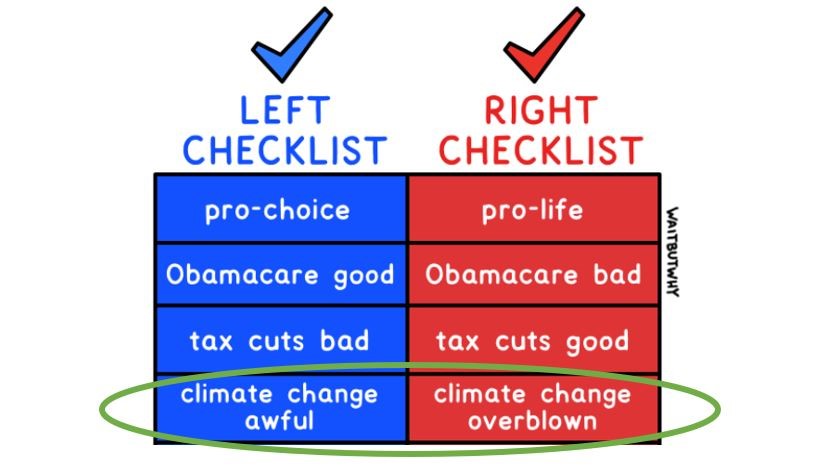
Stuck indoors, lots of time to read, currently finishing Brandt's book on Dow Chemical's first 100 years.
The strangest/craziest stories inside👇
The strangest/craziest stories inside👇

1. Herbert Dow visited the bromine plant and "I found it shut down with most of the men on the roof. The coke tower was plugged with iron hydrate and needed to be scraped out. But, there was considerable odor of bromine and the men claimed they were waiting for it to clear up...
I was satisfied that the amount of bromine was not more than it had been customary for me to soak up on many occasions and I presumed the foreman was equally familiar with the amount of bromine the men could absorb without injury. So I told him to set the example by going down...
...and taking out the first pail of coke. He started to climb down the ladder and when his head got inside the door, he changed his mind and came out again, saying there was altogether too much bromine. So I took my coat off, threw it to one side, went down myself and told them..
...to pass down the tools. I filled one pail full of coke and they pulled it out, and by that time the ladder was full of men trying to get down to help me, and very promptly enough coke was removed to restart the plant.
If I had not gone up on the rood and if I had not known...
If I had not gone up on the rood and if I had not known...
...by experience how much bromine irritation a man can stand before it becomes a serious matter, that plant might have been shut down all day and several hundred dollars lost thereby." - H. H. Dow, written in 1930
2. A year after Dow began making phenol, fishermen downstream began to complain their fish tasted bad, and it was soon clear that phenol was the culprit. From 1928 to 1935 waste ponds were used to hold back millions of gallons until high river flow. When released...
...Al Edmunds would follow the river flow taking samples until it reached the town water intake, which he closed until the contaminated water passed by.
Fish were grown in various river water samples and served to Dow's taste-test panel every day at 11:30 AM and 4:30 PM.
Fish were grown in various river water samples and served to Dow's taste-test panel every day at 11:30 AM and 4:30 PM.
3. Dow had an excess of caustic from the chlorine-caustic cells, so during the 1930's Willard Dow asked the lab to come up with some way to consume it. Edgar Britton (who has a lab named after him) read a German formula for Ethocel that used 3 lbs of caustic per lb product. 

An ethocel fiber spinning/weaving system was set up making "Ethorayon" a soft, silky fabric and many of the scientist's wives were soon wearing underwear made of it. But, in the 1930's, an iron had only one setting for cotton, which melted this material. The textile industry...
wouldn't modify irons for just one new material. The material was a failure. It took DuPont with Nylon to finally get a reduced-heat setting. Ethorayon was probably 10 years ahead of the time when it would have been successful.
4. Rifamycin was discovered by Dr. Pagani, a microbiologist who picked up a soil sample in a pine forest on the French Riviera while on vacation in 1957. Back in Milan, the sample was checked for any antibacterial microorganisms. Rifamycin became Dow's biggest pharmaceutical.
5. Zoalene coccidiostat was developed by Brown, Harris & Fischback. This product revolutionized the poultry industry by making it possible to raise chickens on a large scale without risking catastrophic losses from coccidiosis, a major poultry disease. Once under control... 

...chicken became the most economical form of animal protein available, and the status of chicken changed from Sunday dinner for the prosperous to everyday food for the masses. Chicken would soon turn up in fast-food franchises across the land.
[McDonald's wouldn't routinely offer inexpensive nuggets until Ray Dalio enabled financial protection against chicken price volatility by hedging feed corn price.]
So, it seems the McNugget exists today primarily because of these four people: Brown, Harris, Fischback, & Dalio
So, it seems the McNugget exists today primarily because of these four people: Brown, Harris, Fischback, & Dalio

6. Lee Iacocca took a new Lincoln equipped with new disc brakes, brand new at the time. Apparently Iacocca was riding his brake pedal and overheated his brake fluid, resulting in poor braking performance. The next morning he said: 

"I want a 450-degree boiling point brake fluid, and I want it now. Whoever can do it gets all of our business."
Dow employed a researcher named Joe Schrems, who was a genius at formulating brake fluid. He was also blind. He created the formulation and won the business.
Dow employed a researcher named Joe Schrems, who was a genius at formulating brake fluid. He was also blind. He created the formulation and won the business.
• • •
Missing some Tweet in this thread? You can try to
force a refresh











